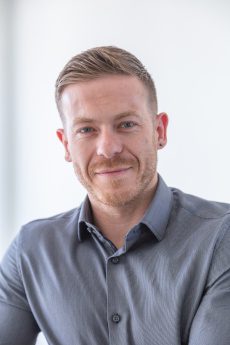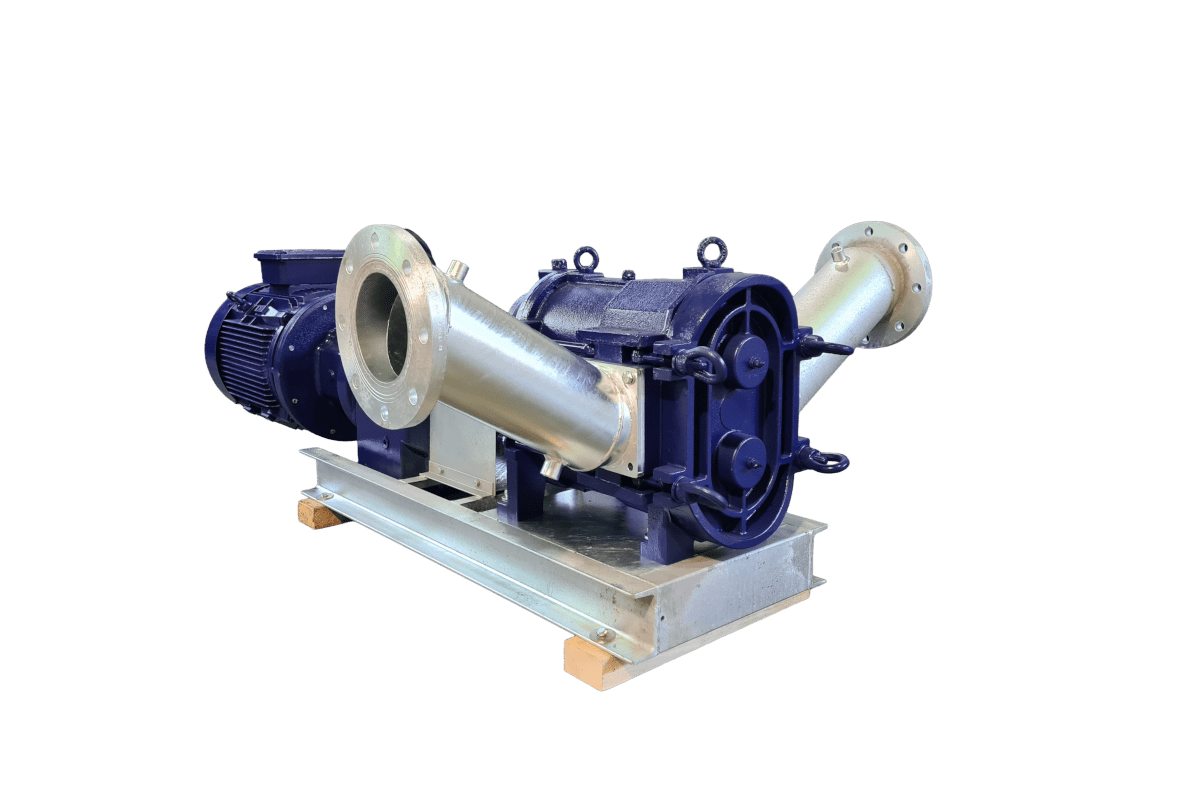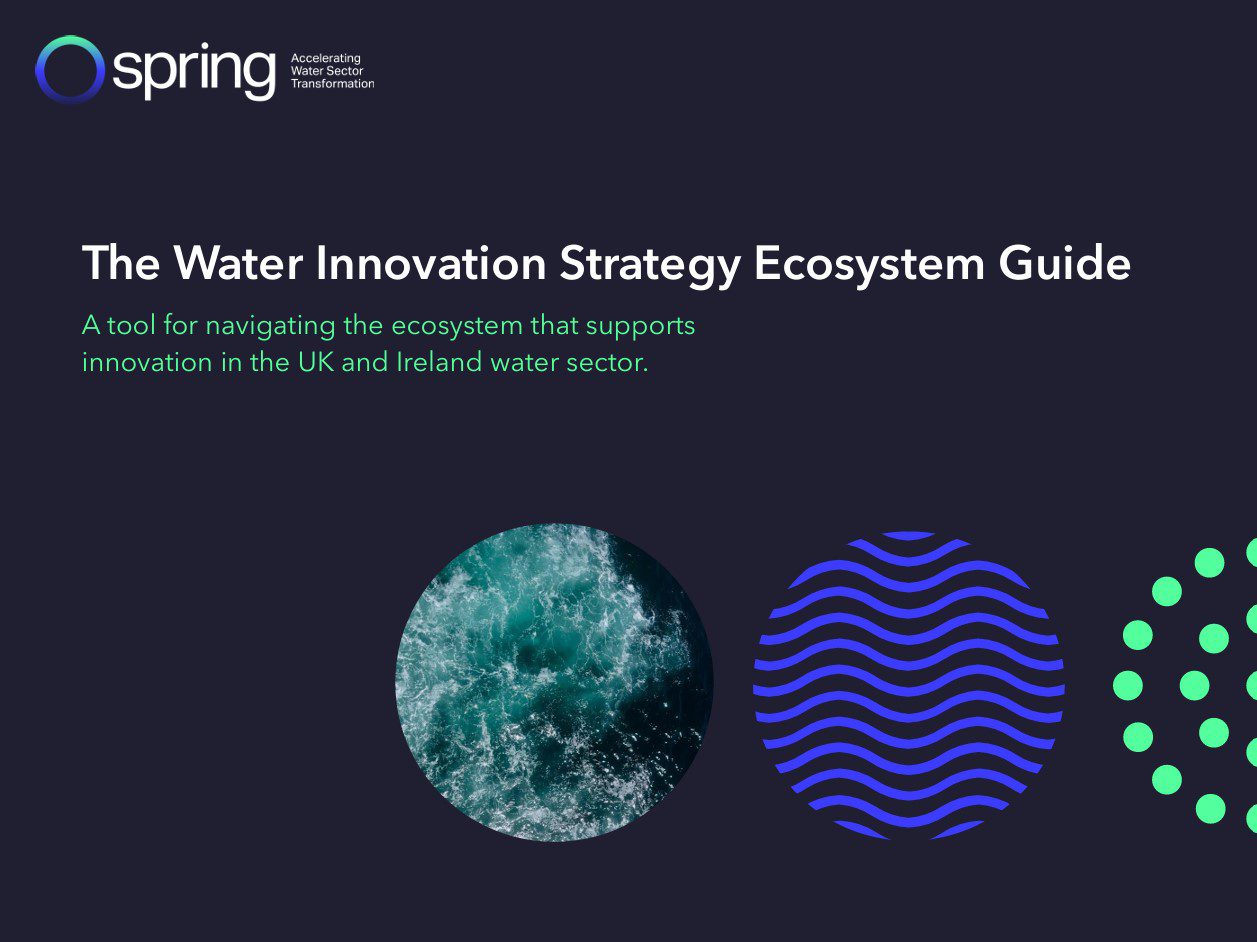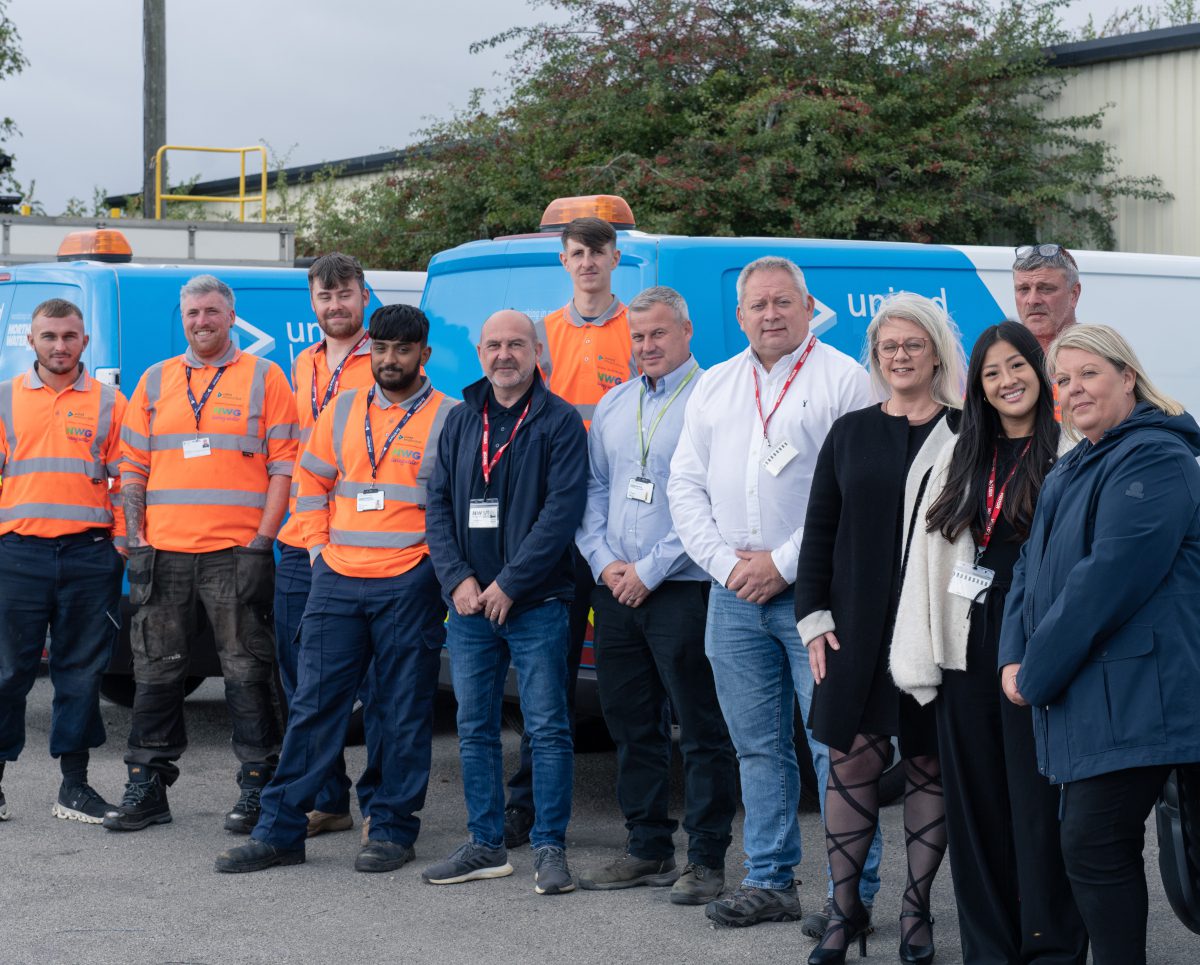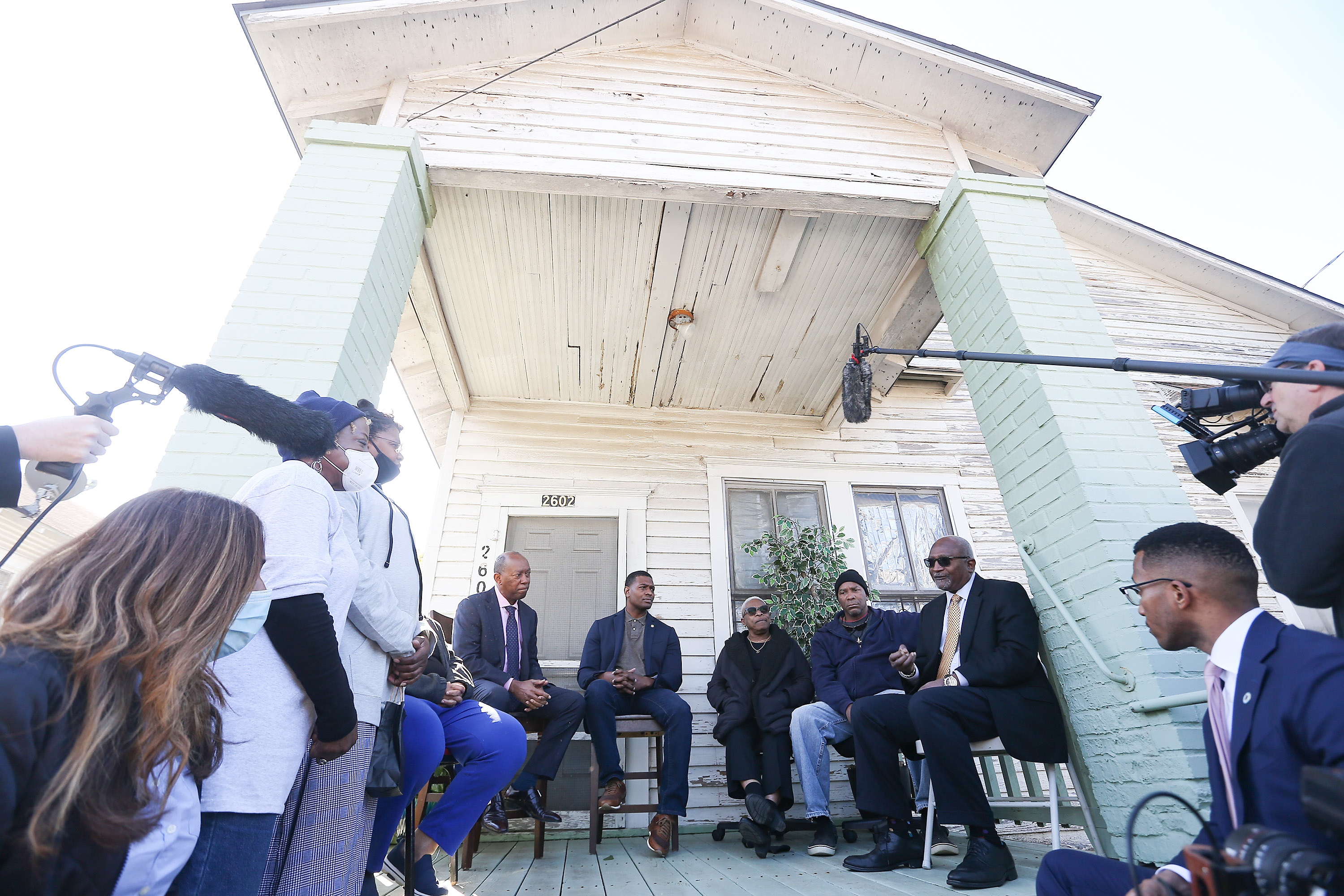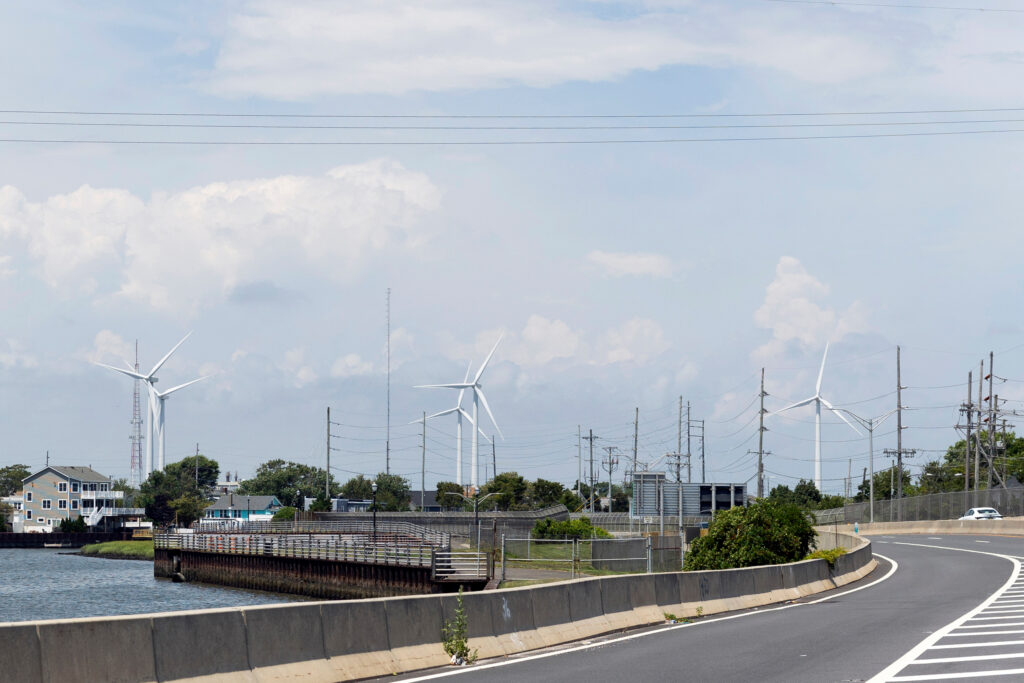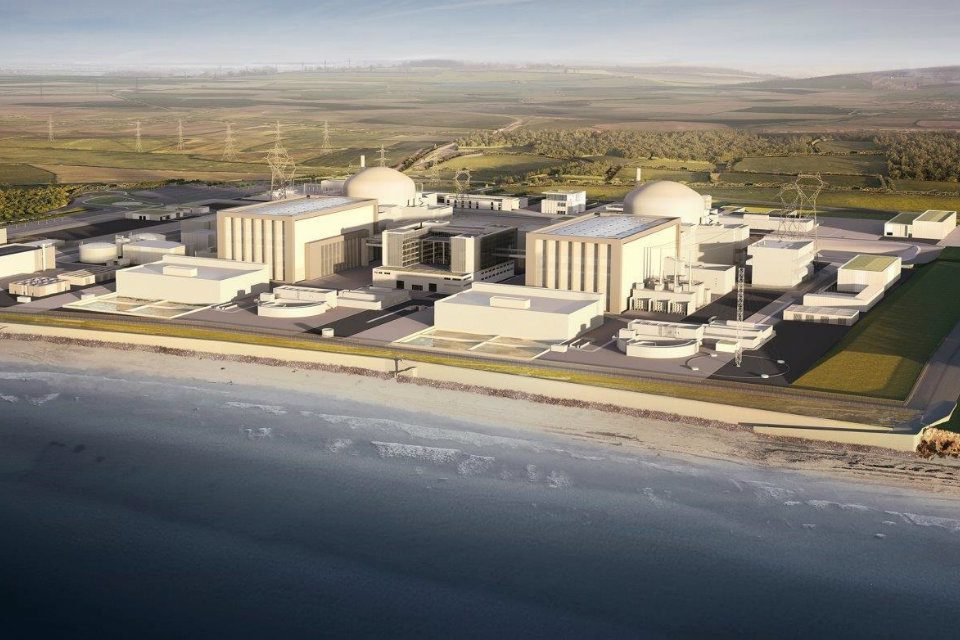A data-driven approach coupled with greater use of nature-based solutions offers a promising path for UK water, says Ryan Pearson of remote monitoring firm Metasphere, ahead of his panel appearance at the WWT Wastewater Conference on 28 January 2025.
The immediate challenge facing the UK water sector lies in resource limitations such as skilled labour shortages and the sheer volume of work required in AMP8 – the regulatory asset management plan period 2025-30. This creates an opportunity approach infrastructure delivery and management in a very different way.
Leveraging data and automation – including integrated telemetry systems and artificial intelligence (AI) – can significantly improve efficiency and reduce the human workload needed for project management, decision-making, and programme execution.
Data for nature
Currently, the default option to reducing stormwater overflows into rivers and seas is to install concrete storage tanks, which are costly and, while effectively holding back water, provide few additional benefits. By using data insights, water companies can implement nature-based solutions (NbS) at scale: holding back rainfall in the catchment, engaging communities and other stakeholders, and achieving positive outcomes for wildlife, people and the environment.
Data provides the opportunity to examine the causes of overflows and identify where the hydraulic overload is coming from. Could it be infiltration of groundwater into the sewer network, or the misconnection of household appliances?
Once all sources have been identified, decisions can be made on which prevention interventions should be prioritised. This approach opens-up opportunities for greater use of nature-based solutions, because the data can create a robust business case.
Instead of pouring more concrete, attractive green spaces can be created, engaging stakeholders and local communities and creating greater biodiversity. In the context of climate change, the impact of cloudbursts – localised intense rainfall, and urban heat-spots can be mitigated, alongside reducing overflows to surface waters.
Flood resilience
The Mansfield Sustainable Flood Resilience project, undertaken by Severn Trent Water (STW) ahead of the 2022 Commonwealth Games in Birmingham, is worth revisiting as an example of what is possible when data and nature come together. The scheme was the largest sustainable drainage system (SuDS) in the UK at the time, and the water company required cost effective, reliable solutions that could capture rainwater and slow the pace of rainwater entering the sewage network, whilst providing critical level data on flooding risk in the network.
Metasphere and other technology companies provided smart level monitoring solutions to support the SuDS scheme, with Metasphere’s Sense Level monitors helping track the pace at which rainwater infiltrates the network. The devices use contactless radar sensor technology to monitor in-sewer water levels and send data to Canvas, Metasphere’s data collection and device management platform.
From there, users can visualise and access the data in near real-time on Palette, Metasphere’s visualisation platform. Data is presented concisely to provide insights for operational efficiency of the wastewater network and allow proactive management to reduce the likelihood of flooding.
This combination of green space creation, alongside data collection, management and visualisation, has given the town of Mansfield more than 59 million litres of additional surface water storage capacity, while reducing flood risk for 90,000 residents. STW has shown that by deploying data in the design and implementation of nature-based flood resilience schemes in urbanised areas, it is possible to create resilient urban spaces for a cleaner, greener world.
Taking time
All too often, sewer level monitoring programmes are run in isolation from other potentially complementary and highly beneficial schemes. Once a company is capturing data, it can be used in all sorts of ways, including feeding into longer-term asset management strategies and driving innovative ways of thinking and delivering.
It is sometimes argued that there is not enough time to capture the necessary insights in advance of project design and delivery and that time constraints around the AMP cycles complicate matters. It is possible to turn this argument on its head, saying that not having the data available in advance can cause unnecessary delays in the delivery phase, due to ambiguity and a weak evidence base.
Taking the time upfront, before the start of the project, to deploy devices in networks, to capture the necessary insights, would deliver a shorter project lifecycle overall.
Impact on AMP9
A business-as-usual approach in AMP8 risks under-delivering, exceeding budgets and jeopardising customer confidence, which is already at a low. This will have the knock-on effect of hindering the industry’s ability to secure funding for AMP9 – the five-year period from 2030.
Exploring the relationship between data and NbS will be crucial for the sector in AMP8 if storm overflow reduction targets are to be met, and waterways improved – which would go a long way to rebuilding public support for investment.
Ryan Pearson is a panellist at the upcoming WWT Wastewater 2025 conference, which takes place on 28 January in Birmingham, UK.
He joins the discussion, ‘How to deliver AMP8 capital investment programmes to increase efficiency and reduce waste within budget?’ alongside Paul Davison, head of wastewater strategy, Northern Ireland Water; Jonathan Stokes, head of storm overflows delivery and alliance, Yorkshire Water; and Roselyn Unegbu, delivery director LNI, Thames Water.



